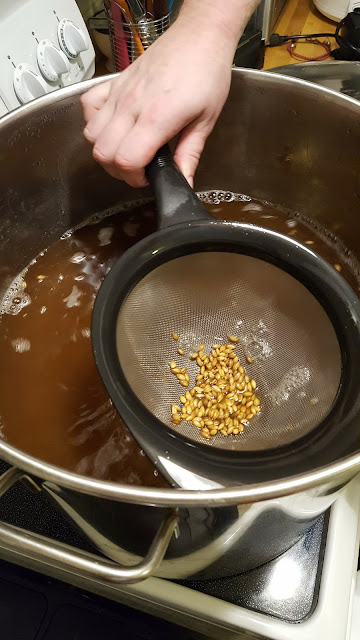Here are a few details about some great folks and programs that are helping to educate our kids for the future.
Happy Little Circuits
I wish I knew more about robotics. Well this group of kids not only knows about robotics, but they build them. Happy Little Circuits is a robotics team from Apex High School. They had some robots on display to interact with the kids. There website is http://apexroboticsfirst.weebly.com/
Why is it important to teach our kids about robotics? Here is an article from a local newspaper just the other day.
North Carolina Air Quality
The NC Air quality was available for questions.
The booth had a neat little craft to collect pollen from the air.
Space
One of my favorite subjects is SPACE!! And there was some great information on constellations and observing the upcoming solar eclipse.
Did you know there will be a total solar eclipse for much of North America on August 21, 2017. NASA even has a page dedicated to this event. Check it out!
https://eclipse2017.nasa.gov/
The booth also had handouts on how to look at the eclipse.
The Little Medical School
The little medical school is all about bringing medicine, science, and the importance of health to children in entertaining, exciting, and fun ways. There is more information at their website:
www.littlemedicalschool.com
Treasure Quest Mining
Treasure Quest Mining is a mobile gem mining and treasure hunting experience. They were at STEAM night showing off all kinds of rocks to interested kids.
Academy of Engineering and Advanced Manufacturing
The Academy of Engineering and Advanced Manufacturing is a learning community within Apex Friendship High School. The academy introduces students to career opportunities within STEM.
eMammal
This was one of my favorite booths. There is a program called eMammal that can be used by anyone to collect pictures of animals for the Smithsonian
A local middle school had participated in the program. After hearing about this program I really want to join in the fun. If you are interested be sure to go check out the eMammal site.
https://emammal.si.edu/
BounceU
BounceU is a bounce house for kids. However they run robotics camps as well for kids. They had a robot on display.
NC Fossil Club
Did you know North Carolina had a fossil club? I did not either. Some representatives from the club were there to share and show off some fossils. If you want to learn more you can visit their website:
http://www.ncfossilclub.org/
Laurel Park Elementary School
Laurel Park was getting in on the action by demonstrating how to make a battery from fruit. I have an earlier blog post showing off how you could do this activity yourself.
Beekeeping
A local beekeeper was showing off what it means to have your own beehives.
RoboEagles Team
The RoboEagles Team is a fifth year robotics competition team that was showing off their robots. They had a robot on display that threw a large ball. The kids had a chance to try and catch a ball thrown by the robot.
Their website is here where you can see exactly what their robots look like:
Do you like bugs? Well there was an NC State entomologist on hand to show off some really cool bugs. Here are a few of the ones on display.
Here are a few of the ones on display.
A Madagascar Hissing Cockroach and Vinegaroon. The vinegaroon sprays acetic acid which smells like vinegar!!
A Thorny Devil
Tarantula
Cave Cockroach
DNA Extraction
I probably missed a few booths at STEAM night. There was just so much to see and do in only 2 hours. I really applaud Laurel Park Elementary and all the other schools and organizations that took to show off what they do. Just as important are the parents that volunteer to help out or bring their kids to these type of events. That time will translate in helping many kids better understand some of the opportunities available to them the STEAM area. It was a great night and I look forward to the next one.


























































